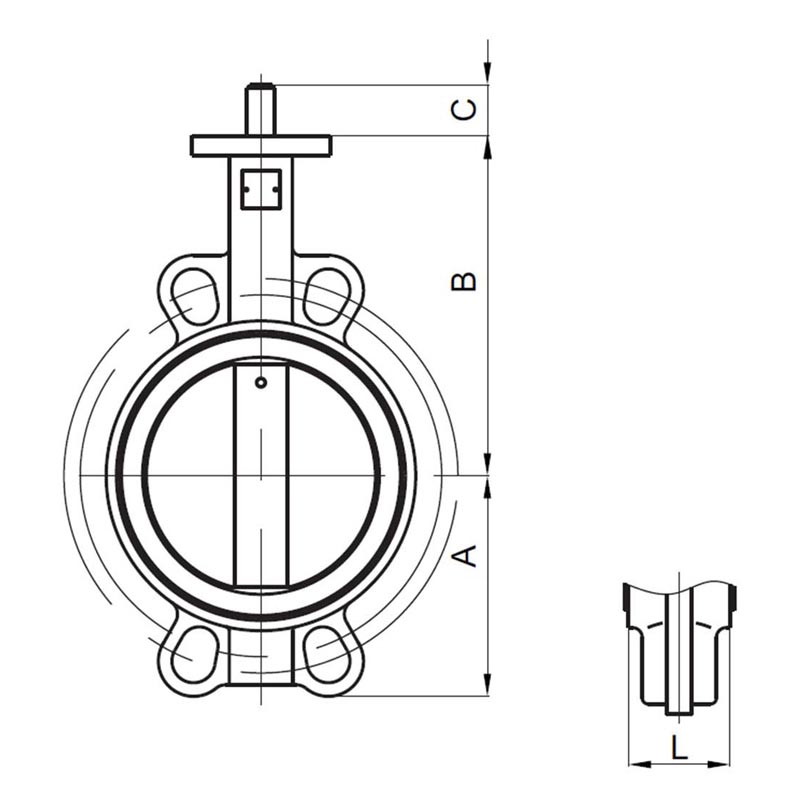9 月 . 08, 2024 22:33 Back to list
three core cable wire
Understanding Three-Core Cable Wire An Essential Guide
Three-core cable wire is a crucial component in electrical installations and infrastructure. It consists of three conductive wires, typically bound together, which serve distinct functions. These cables are widely used in various applications, from domestic wiring to industrial setups. Understanding the structure, uses, and advantages of three-core cable wire is essential for electricians, engineers, and DIY enthusiasts alike.
Structure of Three-Core Cable Wire
The typical three-core cable wire is made up of three individual conductors—usually color-coded brown, blue, and yellow/green. The brown wire is known as the live wire, supplying current from the power source. The blue wire acts as the neutral wire, returning current back to the supply. The yellow/green wire is the earth wire, which provides safety by diverting any fault current to the ground. In addition to these conductive wires, the cable is typically insulated with durable materials, ensuring safety and preventing electrical leakage.
Applications of Three-Core Cable Wire
Three-core cables are versatile and find use in numerous applications. They are commonly used in wiring for lighting circuits, where they facilitate the safe and efficient operation of light fixtures. In household appliances, they ensure that devices have a reliable power supply while also providing necessary safety features. Moreover, in industrial settings, three-core cables are utilized for machinery and heavy equipment, guaranteeing that operations run smoothly and safely.
three core cable wire

Advantages of Using Three-Core Cable Wire
One of the primary benefits of using three-core cable wire is its built-in safety feature. The inclusion of an earth wire significantly reduces the risk of electrical shock by redirecting fault currents. This is particularly important in environments where water or moisture is present, as it minimizes the danger of short circuits. Additionally, the three-core construction allows for a more organized wiring system, reducing the chances of confusion during installation and maintenance.
Another advantage is its flexibility. Three-core cables can be used for various applications and can adapt to different electrical requirements. This versatility makes them a preferred choice among electricians who value efficiency and reliability.
Conclusion
In conclusion, three-core cable wire plays a vital role in modern electrical systems. Its unique construction provides safety, versatility, and efficiency, making it indispensable in both residential and industrial applications. As technology advances and electrical demands grow, understanding and utilizing three-core cables will remain essential for ensuring safe and effective electrical installations. Whether you are a professional or a hobbyist, having a solid grasp of three-core cable wire will enhance your ability to work safely and effectively with electrical systems.
Share
-
Understanding the Differences Between Wafer Type Butterfly Valve and Lugged Butterfly ValveNewsOct.25,2024
-
The Efficiency of Wafer Type Butterfly Valve and Lugged Butterfly ValveNewsOct.25,2024
-
The Ultimate Guide to Industrial Swing Check Valve: Performance, Installation, and MaintenanceNewsOct.25,2024
-
Superior Performance with Industrial Swing Check Valve: The Essential Valve for Any SystemNewsOct.25,2024
-
Industrial Swing Check Valve: The Ideal Solution for Flow ControlNewsOct.25,2024
-
You Need to Know About Industrial Swing Check Valve: Functionality, Scope, and PerformanceNewsOct.25,2024